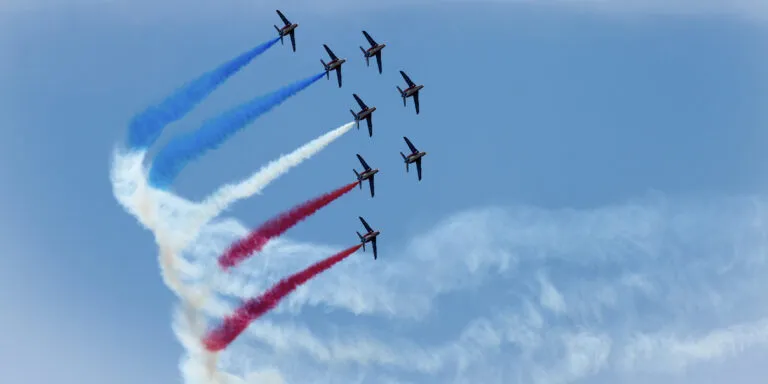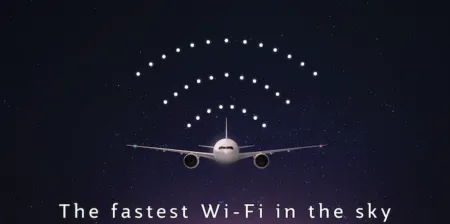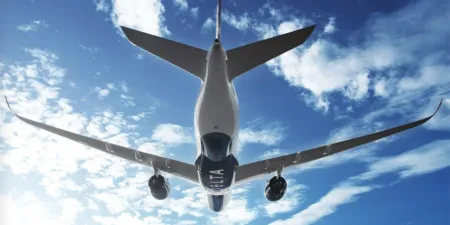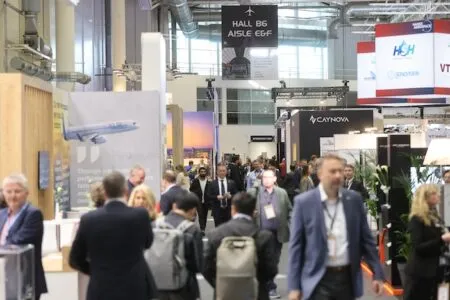Whilst Paris Air Show is known to be quiet on the last two weekdays, no one quite expected the absence of significant business that would continue until late on Monday. This quiet was broken by a blockbuster 500 aircraft order from IndiGo. Air India then followed up by firming its 470 aircraft order the next day.
As of Friday lunchtime (23rd June, 2023), the total orders – including Firm, MOUs, LOIs and Options – reached 1,303 aircraft, worth US$72.4bn based on IBA’s 2023 Current Market Values. This is an impressive total, with only 2013 accruing a larger tally.
A more interesting detail is that 1,160 (89%) were firm orders, the highest ever secured at the event. Having firm orders is good news for the programmes in terms of long-term confidence in them, as well as securing Pre-Delivery-Payments (PDP). Large orders will allow the operator to demand a superior price; however, the OEM may also be able to benefit from demanding higher PDP in the higher risk transactions.
Operators appear to be firming up orders to secure delivery slots in an environment of supply delays. However, with orders of such scale, questions arise as to whether the local markets can accommodate the growth. This is especially the case when the two airlines making the largest orders are in the same country.
Indian carriers dominated orders as expected
The Airbus press conference on Monday got the tally off the ground, announcing 500 new A320 family aircraft for IndiGo. In numerical terms, this order eclipsed the 470 Air India order that was firmed-up on Tuesday, with the Boeing and Airbus announcements happening almost simultaneously, as as to avoid one rival getting more headlines.
It is also worth noting that IndiGo already had a backlog of 485 aircraft, putting its new total just shy of the 1,000 mark. IBA values this new order at US$28.0 billion. Despite the numerical inferiority, IBA values Air India’s order at US$33.1 billion. This difference can be attributed to Air India also ordering widebodies. The airline’s order in full was 220 aircraft, with Boeing (190 B737 MAXs, 20 B787s and 10 B777Xs) plus 250 aircraft with Airbus (140 A320neos, 70 A321neos and 40 A350s). There is also an option with Boeing for a further 50 B737 MAXs and 20 B787s), which would take the Air India order total to 540 aircraft.
Unlike IndiGo’s Airbus loyalty, the Air India order is split between the two large OEMs, reflecting the very mixed fleet of the Indian flag carrier and its present and future subsidiaries. Including widebodies in the order will likely solidify the airline’s dominant international market share (27.8% share compared to IndiGo’s 10.7% in 2023). The airline severely lags IndiGo in the domestic market share, however (26.6% compared with 57.5% of IndiGo).
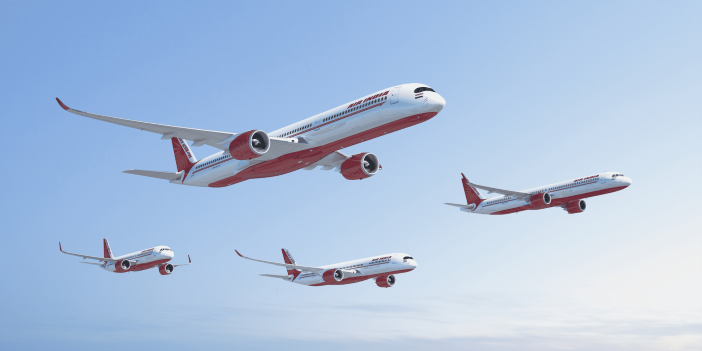
Both airlines are expecting to gain share from each other but will also be reliant on the market’s growth. Recent estimates have the Indian aviation market growing at 9% annually, and the country has pledged US$12 billion to Indian infrastructure. Whether that infrastructure can accommodate these 970 aircraft before their first flights, is another matter.
Avolon led the lessors
With the scale of the orders, one could be forgiven for thinking there were lots of participants. Among operators, Western Europeans were conspicuously absent, albeit Ryanair had placed a large 150 aircraft order (plus 150 options) pre-show. This was also the case with lessors. Avolon’s order for 40 B737s and 20 A330s, as well as an 80 LEAP engine deal, was the only large business deal among them.
Interestingly, Avolon’s ratio of orders to current fleet is getting closer to parity, similar to the likes of well-known speculative lessors such as Air Lease Corporation (ALC). In an aircraft supply bottleneck, the lessor has more control over lease rental pricing; this is compared to an operator receiving multiple lessor offers for Sale and Leaseback. This relationship of course reverses in oversupply. ALC’s A330s are expected to be delivered through 2026-2029, with the narrowbodies likely in the 2030s. We don’t know what the market will look like then, so these orders are therefore purely speculative.
Airbus beat Boeing comprehensively
The Paris Airshow week had success for many OEMs, with De-Havilland’s 49 aircraft orders and Embraer’s 28 up from pre-Covid levels. However, the gulf between Airbus and Boeing was quite sizeable. As discussed earlier, IndiGo solely operates A320 family aircraft, which pulled the OEM far ahead in the narrowbody stakes. Airbus already led pre-show in terms of total backlog, with 8,546 aircraft to Boeing’s 7,069. When looking at the A320neo and 737 MAX alone, the Airbus advantage was 1,300. This gap is now wider.
During the show, Airbus totalled 846 orders. This is more than double Boeing’s 356 orders. What is particularly interesting is that Airbus also won on the widebody stakes this year, with 72 firm orders to Boeing’s 40 (excluding 20 on option). Boeing has exceeded Airbus in widebody orders in eight of the last ten years. Boeing will be hoping that production delays to the 777X don’t cause a turning point.
About IBA
IBA delivers aviation consultancy expertise, and cutting-edge and actionable data insights.
